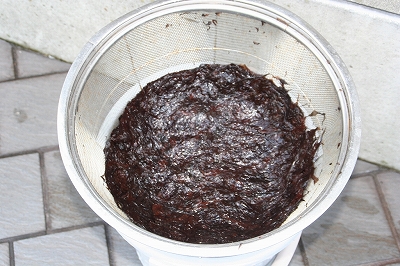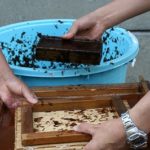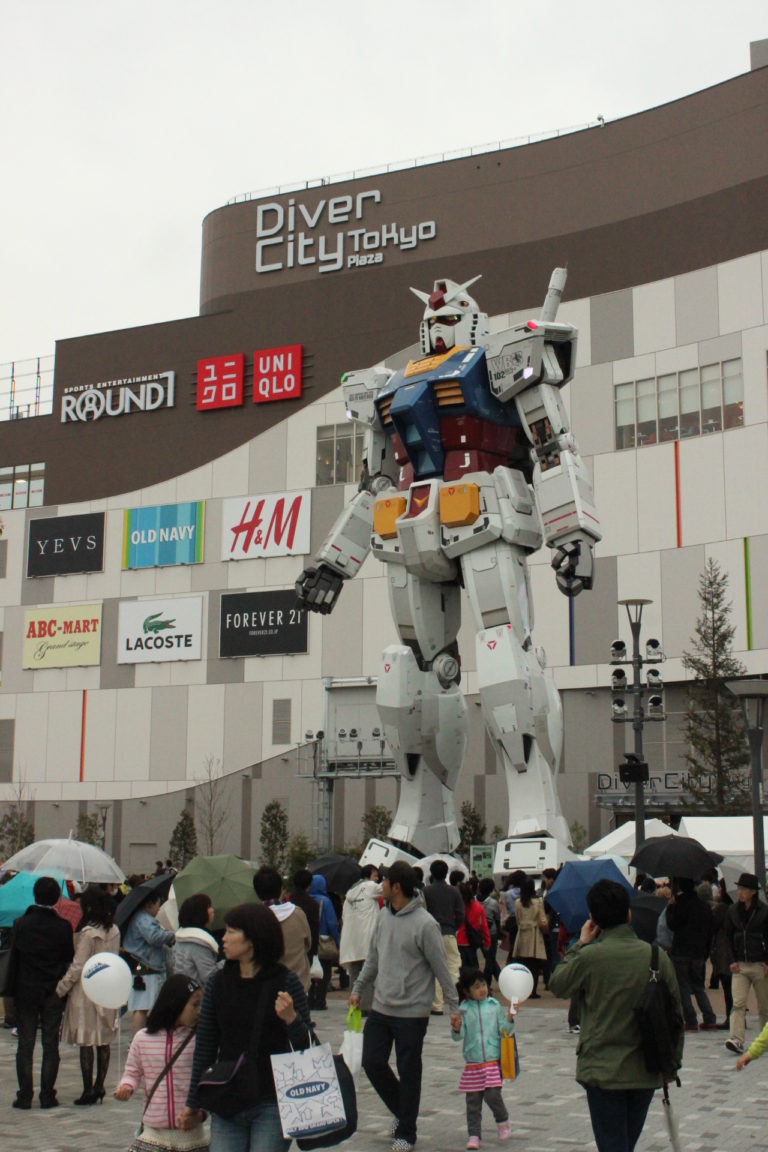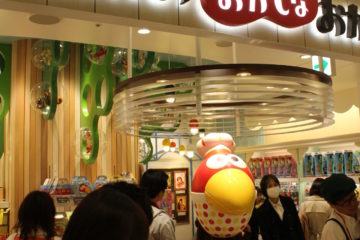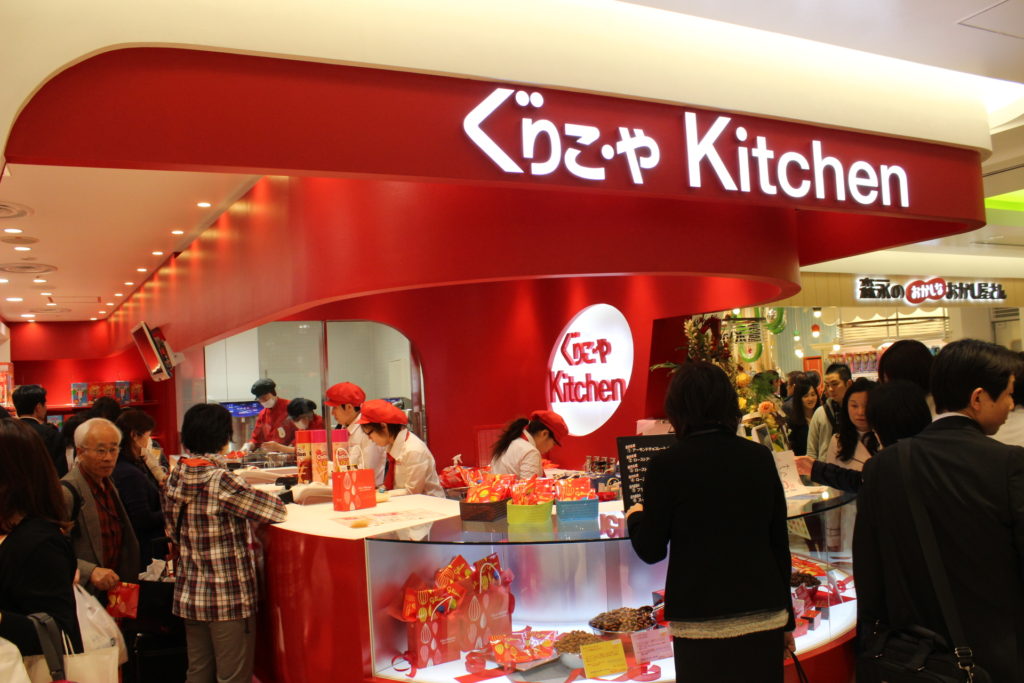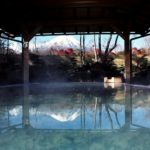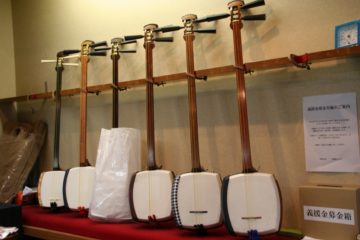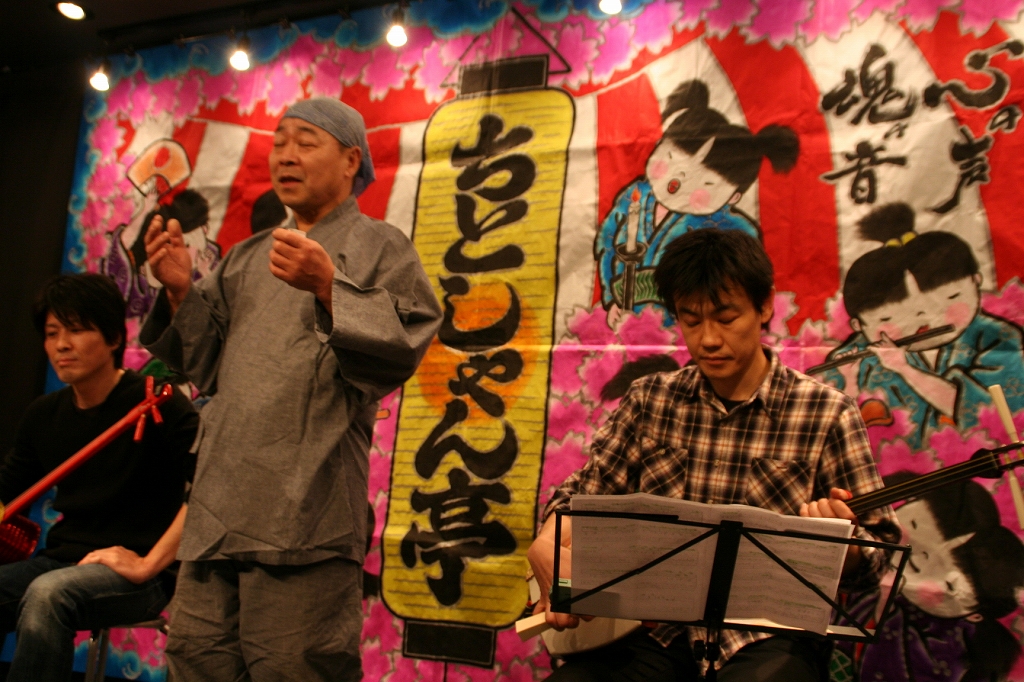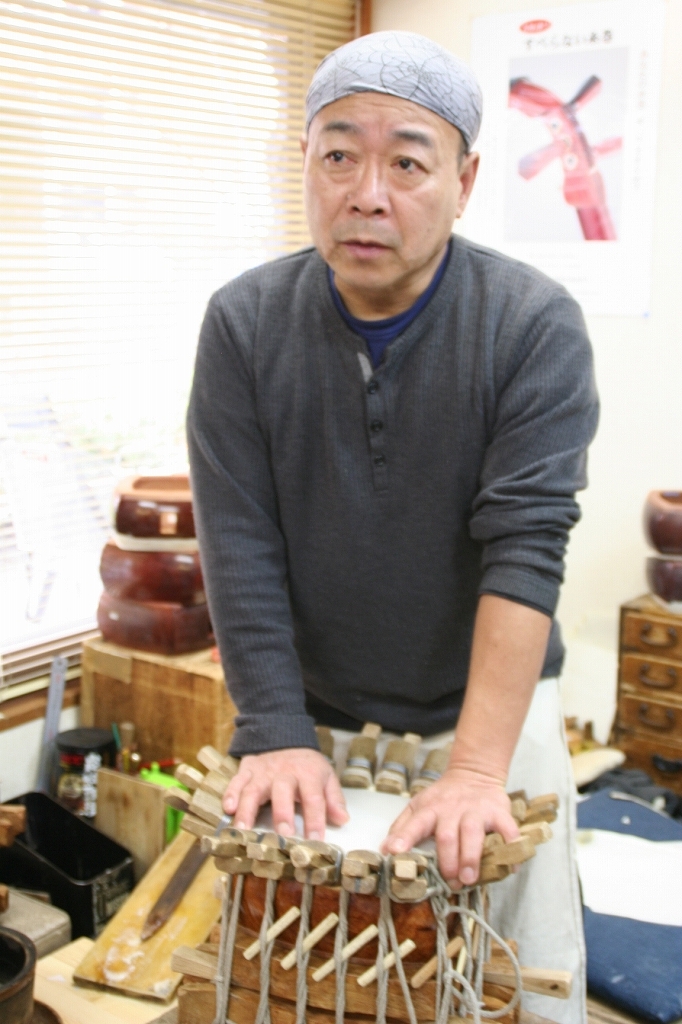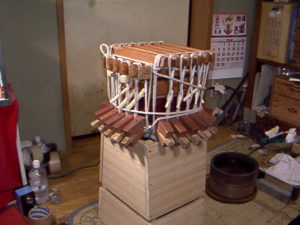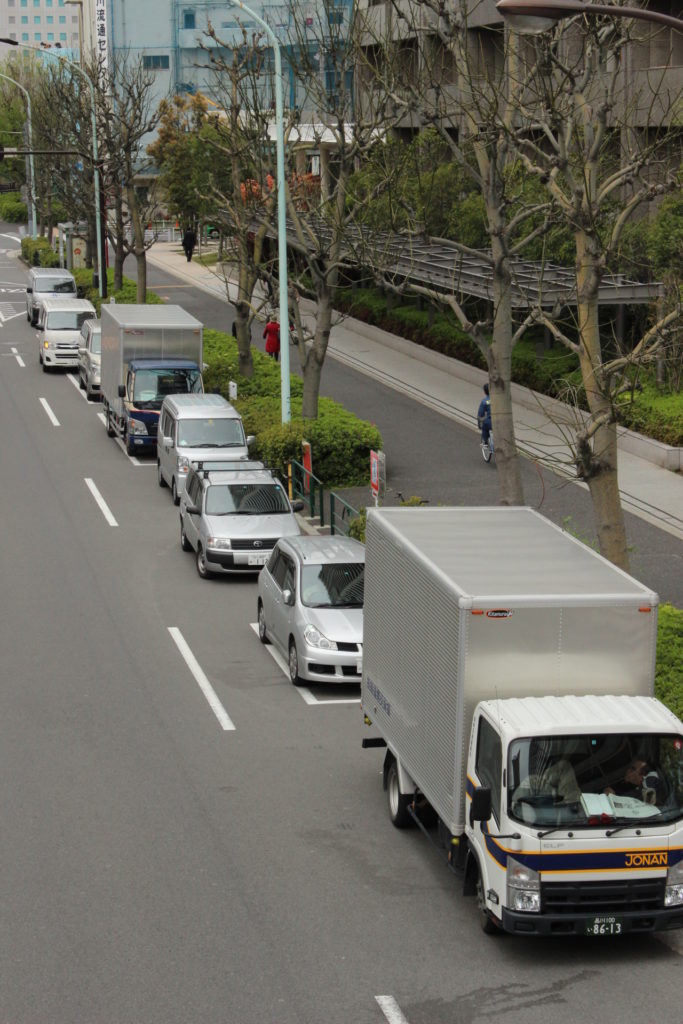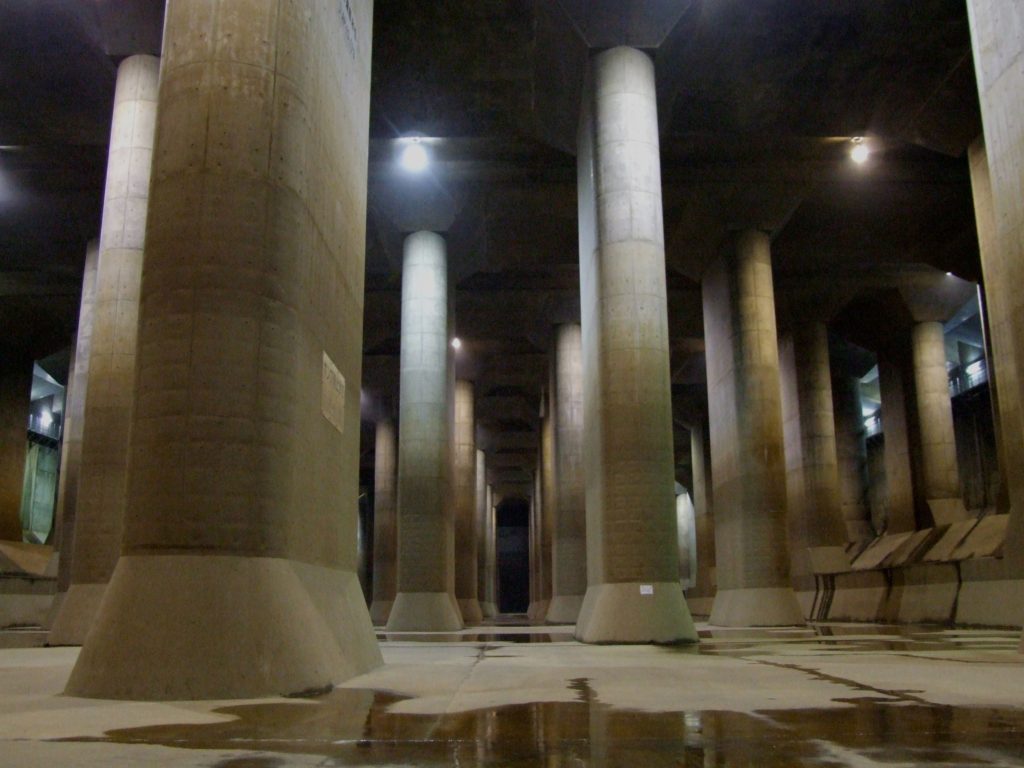
How to Make Nori: Let’s try nori making!
Nori (dried laver) is as famous as a key ingredient for making sushi rolls. It encloses and holds together the rice, fish and various other ingredients. Thanks to its crisp texture and lack of fishy odor, nori is popular even with people who are disinclined to eat raw fish. It is also often used as a garnish for noodle dishes and for sembei (rice crackers) as well. In Asian countries, flavored nori is sometimes given to children as snacks. Low in calories and highly nutritious, nori is about one-third protein and one-third dietary fiber, and an excellent natural source of calcium, iron and vitamins A, B and C.
Nori is produced from a type of edible red algae that is cultivated along coastal areas of Japan. It is farmed on the surface of the sea attached to nets, which are maintained by nori farmers aboard boats. It takes about 45 days from the time the seeds are sown at sea until harvesting. Multiple crops can be harvested during a single season at about 10 day intervals. Nori made from the freshly harvested seaweed is available in shops from around November. Some seaweed is not utilized right away but is frozen quickly and used in batches to produce more nori throughout the year.
The seaweed is shredded into fine threads by machine; no additives are necessary to transform it into a thin sheet of nori. A slight taste of sea salt lingers, but the saltiness is bland. The final product is a thin dark green/black color dried sheet, with standard dimensions of approximately 18 cm × 20 cm, with a weight about 3 grams.
Originally, the term nori was generic and referred to any type of edible sea vegetable. It first appeared in documents around the 8th century. Historically, people ate it in the form of a sticky paste. But during the Edo period, in Asakusa, Tokyo, merchants experimented with putting the seaweed in a papermaking mold. They dried it in the sun alongside paper and people enjoyed the crispy texture. Eventually, seaweed in this form became more popular. As a dried sheet, nori also served a practical purpose for wrapping up rice so people could easily eat balls of rice, such as onigiri and sushi rolls without having the rice stick to their fingers.
Nori Farms in Futtsu
The nori season in Futtsu, Chiba Prefecture runs from November to April. Because nori is not “caught” like fish but is cultivated in the ocean, nori growers are more like farmers of the sea than they are fishermen. During this season, the farmers put in long hours, working from six in the morning or even earlier until dusk, planting and then removing the grown seaweed from the nets. Seedlings are “sown” five times during this period. Nori farmers usually work by themselves using small boats. Some parts of the process, such as rolling up of the nets, can be performed using machines, while others prefer to remove the seaweed by hand.
The Shin Futtsu Fishing Association presently has 144 members, down from 230 at its peak. The average age of the association member is 43, which is fairly young. Compared to some types of fishing, nori harvesting is a fairly stable occupation so it tends to attract a younger population. Some nori farmers operate their own production facilities, while others sell their crop to nori producers and distributors. Takeshi Matsumoto mainly specializes in the production process.
Matsumoto needs approximately 4.3 seconds to form one perfectly shaped piece of nori. His technique is one of a skilled master who used to do this professionally until machines were regularly used. With a quick flick of his wrist, he is able to spread the seaweed evenly on the bamboo tray. Indeed he piles one unfailingly symmetrical bamboo tray after the next. When beginners try, everyone inevitably makes a mess. It is extremely difficult to master that flick of the wrist.
How to Make Nori:
Because nori making is based on paper making, if you have ever had the experience of producing paper from pulp by hand, the process is very similar.
- Nori is first washed with fresh water upon being harvested. Then it is fed into a shredding machine. The shredded seaweed is mixed again with fresh water (about 4 kg of nori per 100 liters of water.)
- Participants in the workshop take a wooden container and fill it to the rim with a scoop of the seaweed from a bucket of seaweed mixed with fresh water.
- Then the mixture is poured into a wooden frame about 30cm square, which is fitted onto mats of split bamboo.
- Using a basin filled with water, the seaweed in the water is swished back and forth until the mixture is spread evenly within the frame.
- The frame is removed and the mat hung on a large bamboo sheet to dry. At Matsumoto-ya, they want to give the nori at least five hours in the sun. The residual moisture ratio should be less than 18%.
- Then the nori is ready to be packaged and taken home.
- At home, the nori should be lightly toasted over a gas burner before eating. (Using a toaster oven is also fine.) That will make it hot and crispy and bring out a much stronger flavor than machine-produced nori, and thicker with a chewier texture as well. All nori should be stored in the freezer or in airtight containers to prevent it from absorbing moisture.
For more Information:
Matsumoto-ya
1090-1 Futtsu,
Futtsu City, Chiba
740 yen per person
A workshop session lasts about one hour.
(Call Matsumoto-ya to find out the dates when the workshops are held.
Workshops can be arranged for groups of 20 or more.)


